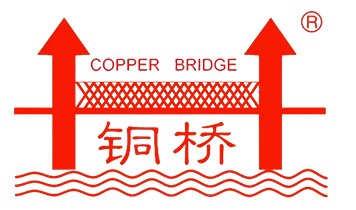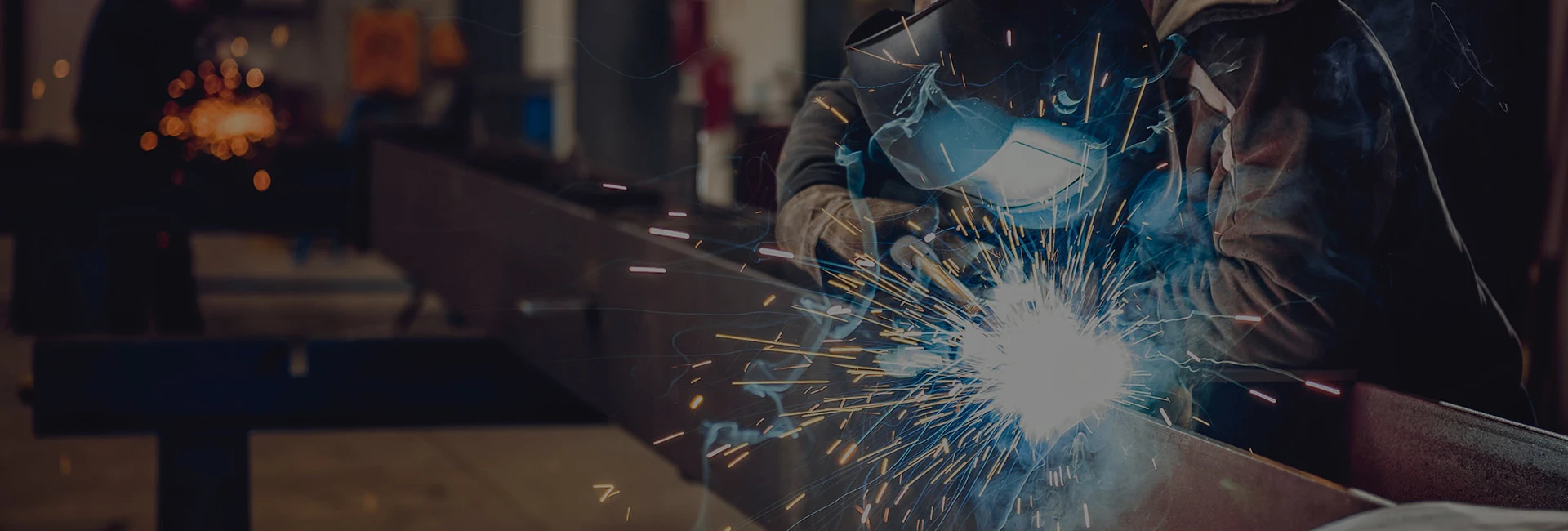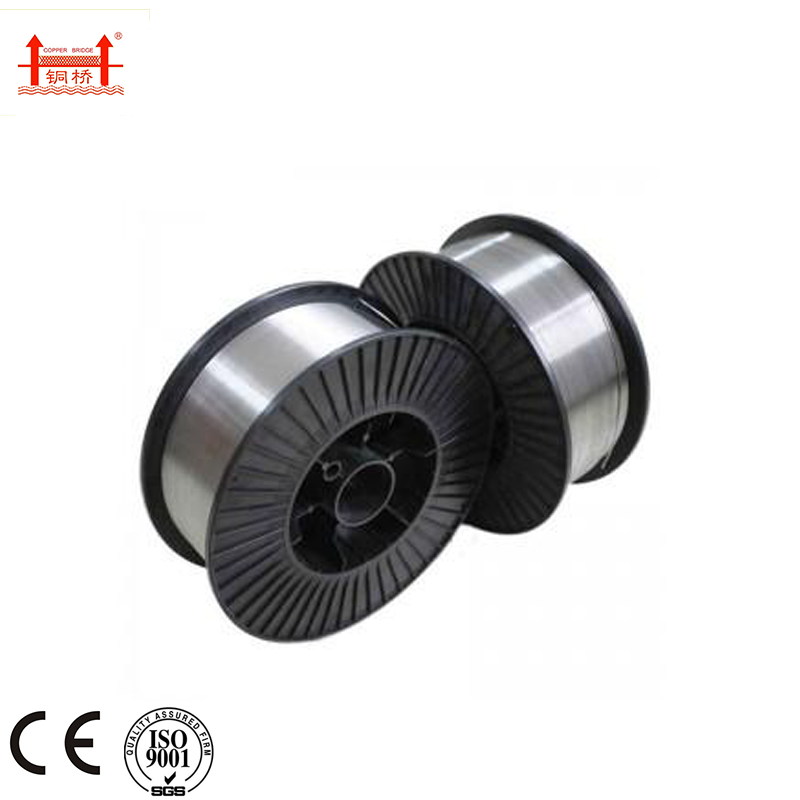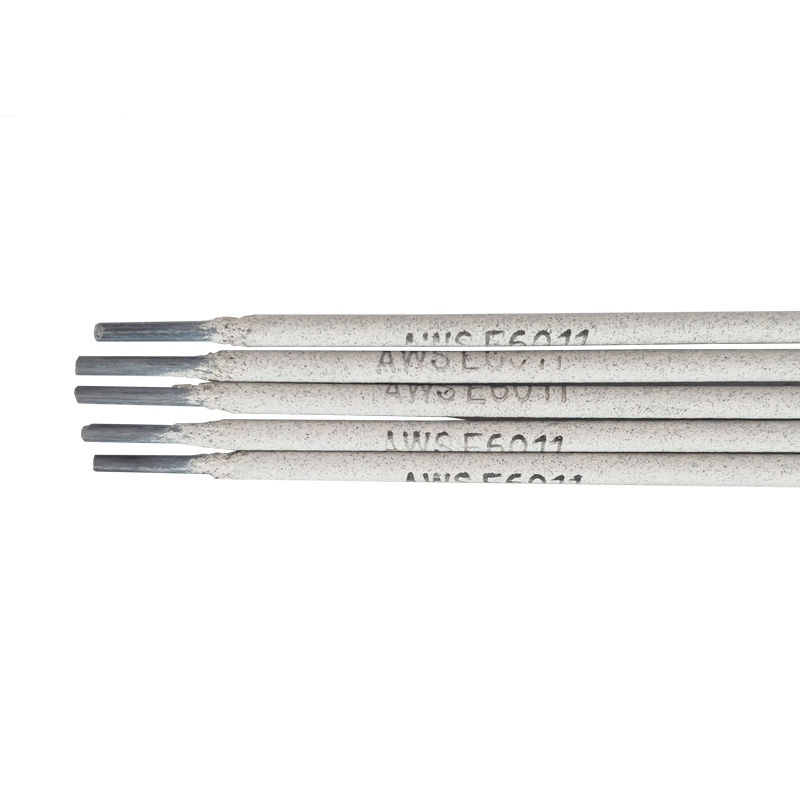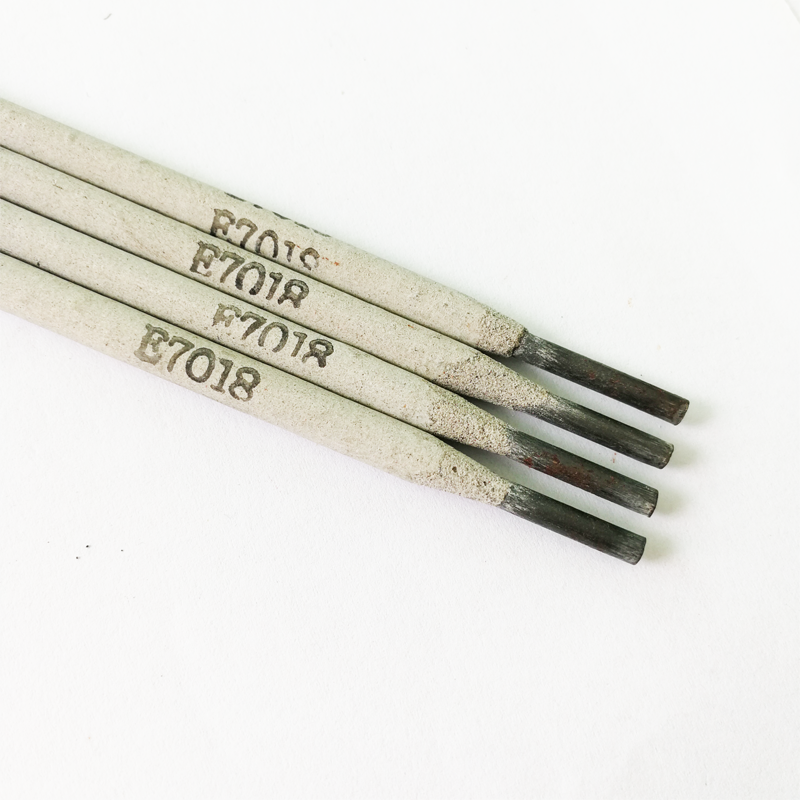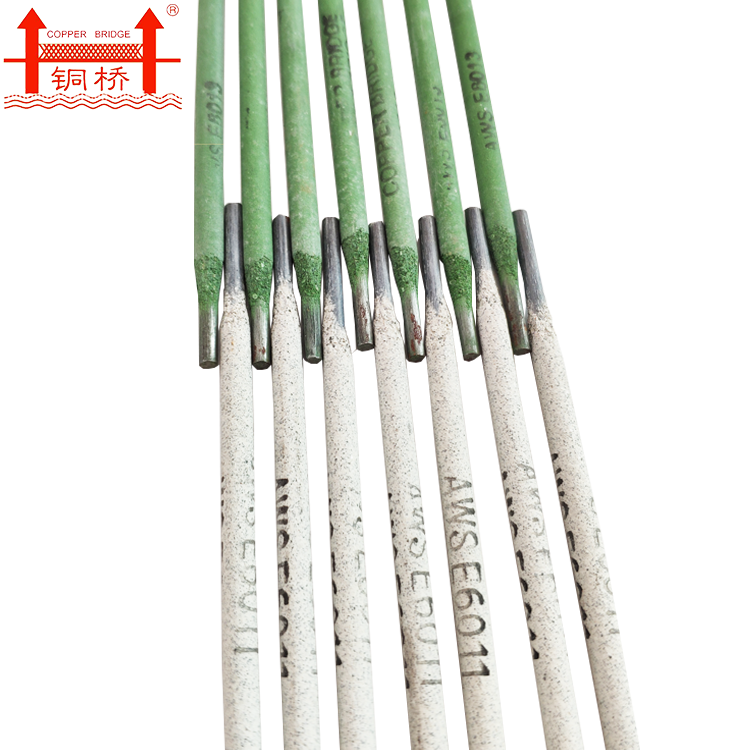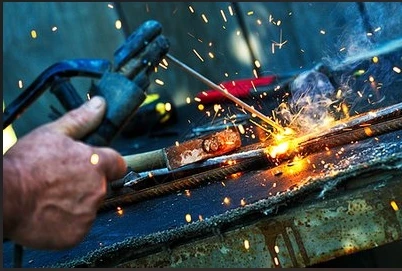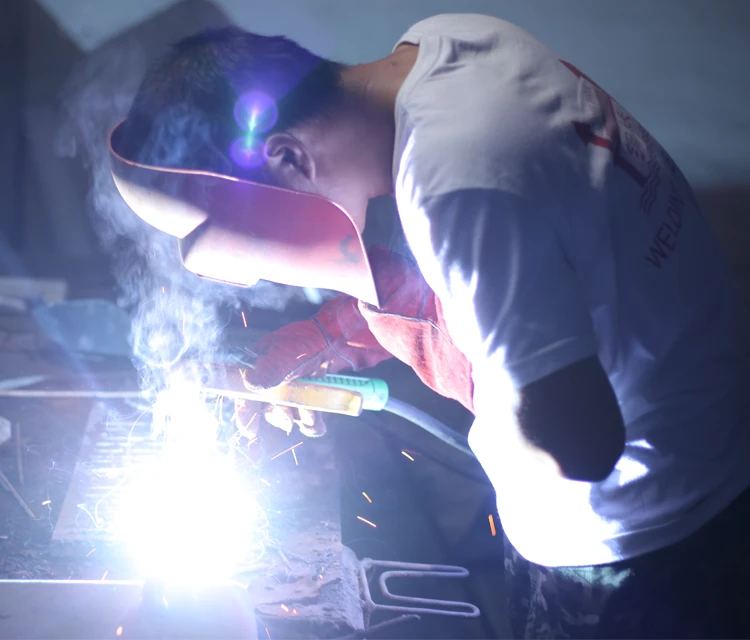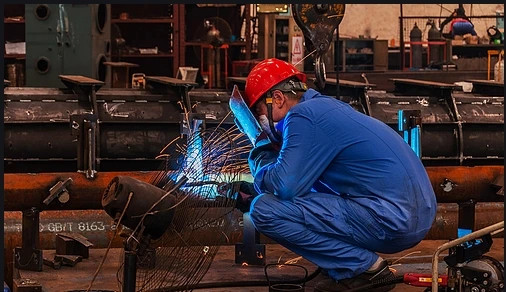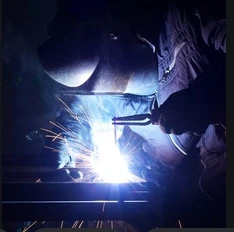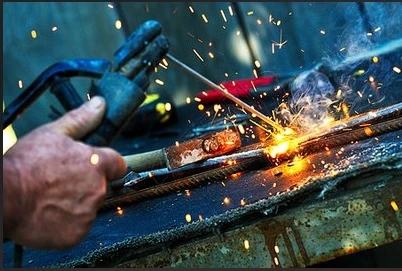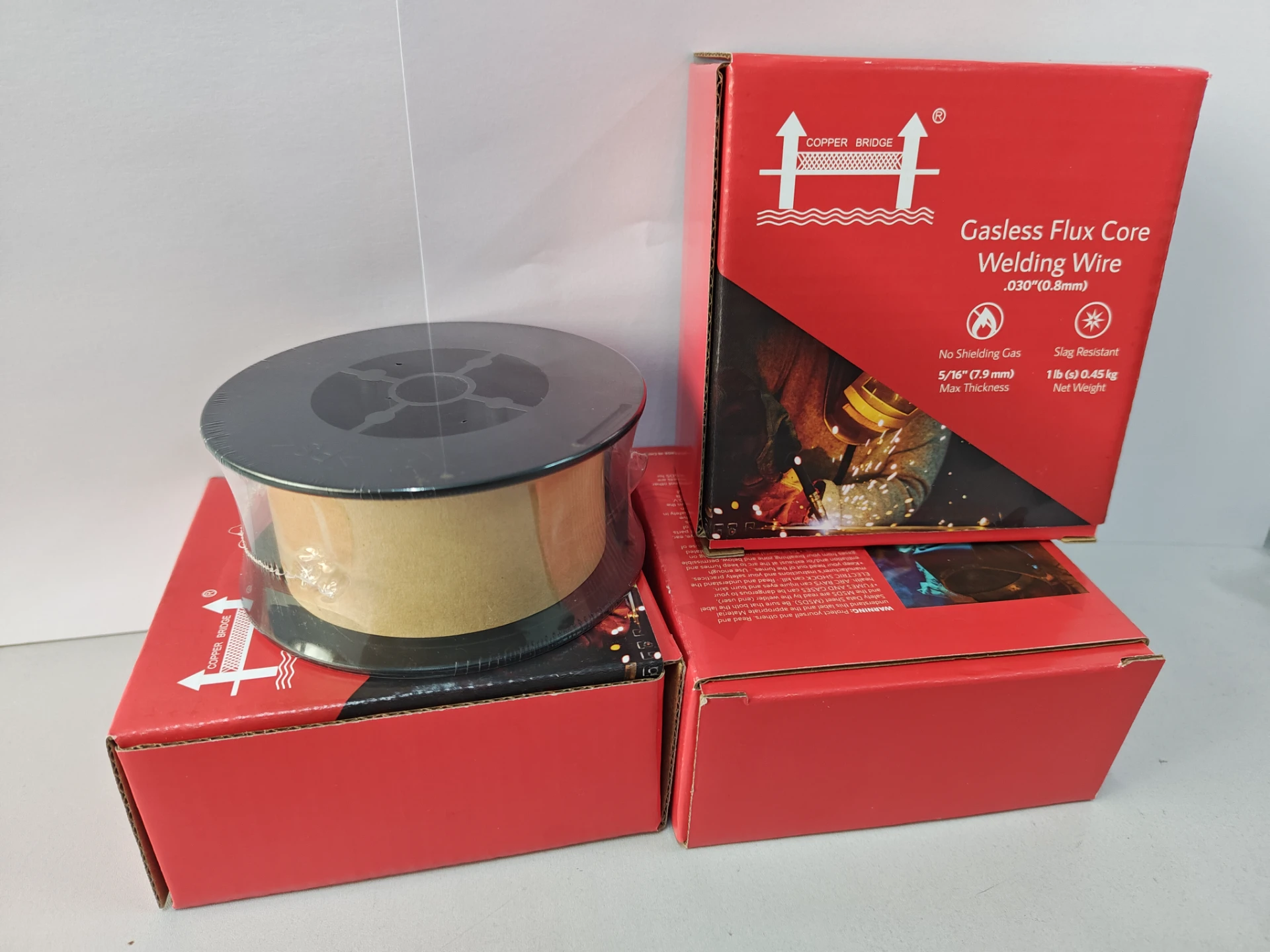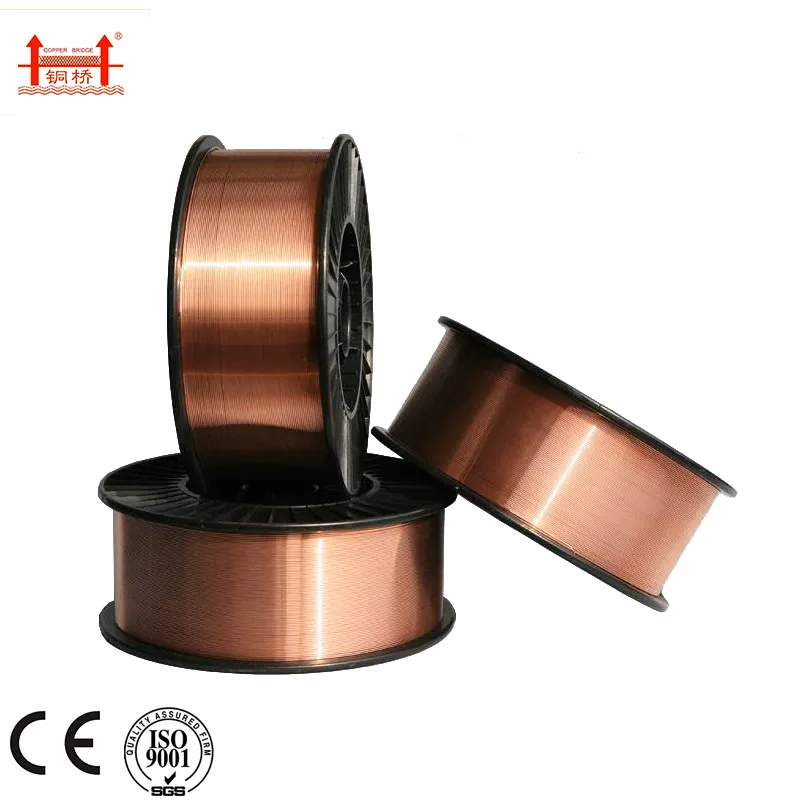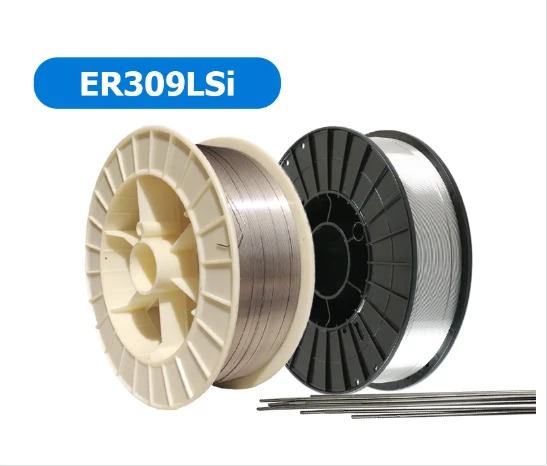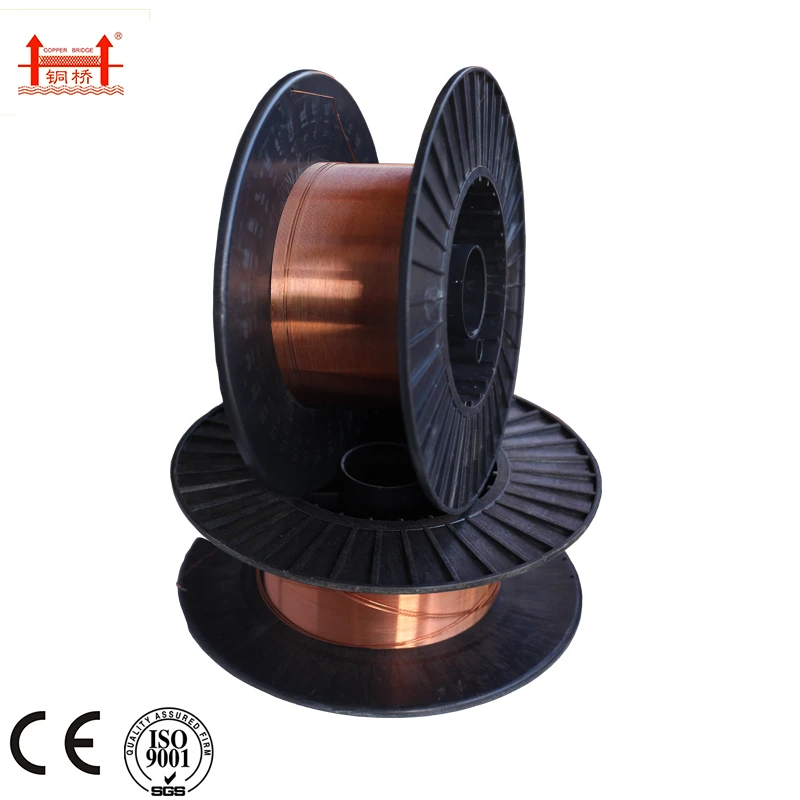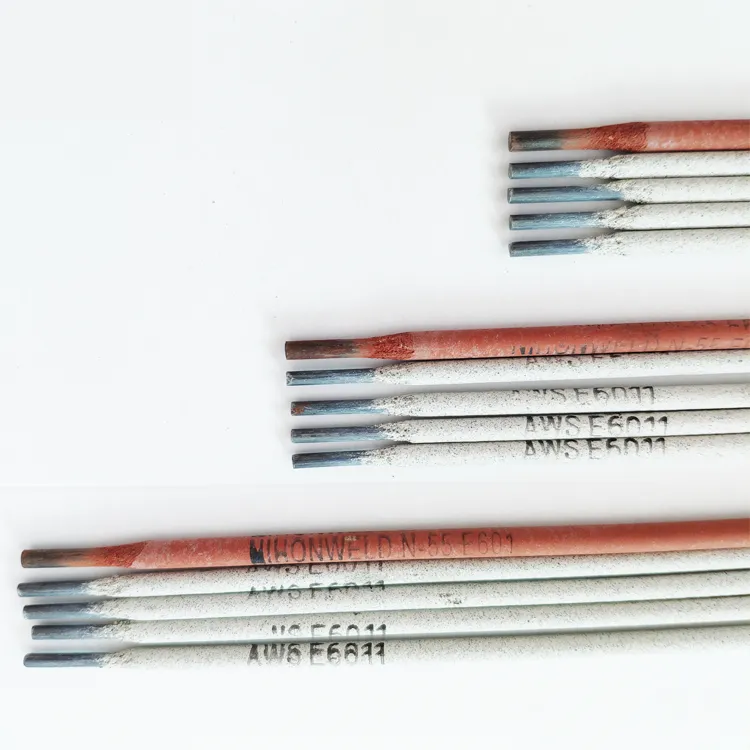Premium AWS E6013 Welding Rods for Smooth, All-Position Welding
Août . 07, 2025 07:00
In the vast landscape of welding, the choice of electrode significantly impacts the quality, efficiency, and safety of a project. Among the myriad options available, the AWS E6013 welding rod stands out as a universally acclaimed solution, particularly for its versatility in joining carbon steel. This comprehensive guide delves into the essence of E6013 electrodes, exploring their technical prowess, diverse applications, manufacturing excellence, and why they remain a go-to choice for welders worldwide.
Industry Trends Shaping the Demand for AWS E6013 Welding Rod
The global welding consumables market is experiencing robust growth, driven by increasing infrastructure development, automotive production, and manufacturing activities across various sectors. Within this dynamic environment, the demand for user-friendly, high-performance electrodes like the aws e6013 electrode continues to rise. Industry trends indicate a consistent preference for electrodes that offer:
- Ease of Use: The push for higher productivity necessitates electrodes that are easy to strike, maintain an arc, and produce good welds even with less experienced operators. The E6013 excels here, earning its reputation as a "general-purpose" rod.
- Versatility: Economic pressures demand consumables that can be applied across a broad range of applications and welding positions, reducing inventory complexity and costs. The welding electrode 6013 2.5 mm, as well as larger diameters, offers this flexibility.
- Quality and Consistency: As quality control standards become more stringent (e.g., ISO 9001, ANSI B2.1), the reliability of welding electrodes is paramount. Manufacturers are investing heavily in processes that ensure consistent performance of every batch of aws e6013 welding electrode.
- Cost-Effectiveness: While initial cost is a factor, the overall cost of ownership, including ease of cleanup, minimal rework, and high deposition rates, drives the long-term value. E6013 generally offers excellent value.
According to a market analysis by Grand View Research, the global welding electrodes market size was valued at USD 11.5 billion in 2022 and is expected to grow at a compound annual growth rate (CAGR) of 4.3% from 2023 to 2030, driven by the expansion of manufacturing and construction sectors. This growth underscores the enduring importance of reliable electrodes like the aws e6013 welding rod.
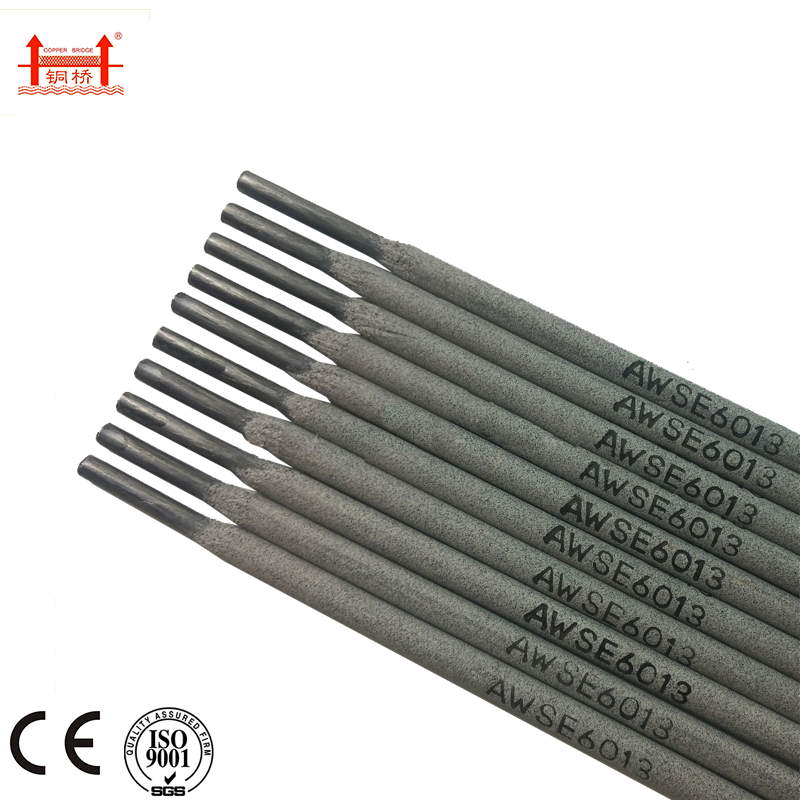
Unveiling the Core: Technical Specifications of AWS E6013 Universal Carbon Steel Welding Rods 2.5mm-5.0mm
The AWS E6013 classification, as defined by the American Welding Society (AWS) A5.1 standard for carbon steel electrodes for shielded metal arc welding (SMAW), signifies specific performance characteristics. The "E" stands for electrode, "60" indicates a minimum tensile strength of 60,000 pounds per square inch (psi), the "1" denotes that it can be used in all welding positions (flat, horizontal, vertical, overhead), and the "3" refers to the coating type and welding current usability (rutile-based, AC or DCEN/DCEP with a light to medium penetrating arc and easy slag removal).
Key Technical Parameters: AWS A5.1 E6013 Electrode
| Parameter | AWS E6013 Standard Value | Typical Performance (Jinlong Welding Electrode) | Unit |
|---|---|---|---|
| Tensile Strength (Min.) | 430 | 450-520 | MPa |
| Yield Strength (Min.) | 330 | 350-420 | MPa |
| Elongation (Min.) | 17 | 20-28 | % |
| Impact Strength (Charpy V-notch at 0°C) | N/A (Generally not specified for E6013, but good for general purpose) | Typical values around 47 J (at -20°C if specified) | Joules |
| Chemical Composition (Typical Weld Metal) | C: 0.12, Mn: 0.3-0.6, Si: 0.15-0.35 | C: ≤0.10, Mn: 0.35-0.55, Si: 0.20-0.30 | % |
| Coating Type | High Titania (Rutile) | High Titania (Rutile) | N/A |
| Usable Current | AC, DCEP, DCEN | AC, DCEP, DCEN | N/A |
| Welding Positions | All Positions (F, H, V, OH) | All Positions (F, H, V, OH) | N/A |
| Slag Type | Easy to remove, self-peeling | Easy to remove, self-peeling | N/A |
| Common Sizes | 2.5mm, 3.2mm, 4.0mm, 5.0mm | 2.5mm, 3.2mm, 4.0mm, 5.0mm | mm |
The excellent mechanical properties and versatility make the welding electrodes aws e6013 a top choice for a wide array of applications where moderate strength and good weld appearance are desired. Its rutile coating provides a smooth, stable arc, minimal spatter, and a finely rippled bead, making it highly aesthetic for visible welds.
Precision in Production: The Manufacturing Journey of AWS E6013 Welding Rod
The consistent performance of AWS E6013 Universal Carbon Steel Welding Rods is a direct result of a meticulously controlled manufacturing process. From raw material selection to final packaging, every step is critical in ensuring the quality and reliability of the finished product. Here’s a typical manufacturing flow:
-
1. Core Wire Preparation:
The journey begins with high-quality steel wire, typically low carbon steel, that serves as the core. This wire undergoes precise drawing processes to achieve the exact diameter required for electrodes (e.g., 2.5mm to 5.0mm). Strict control over the wire's chemical composition and surface finish (cleanliness, absence of defects) is crucial for arc stability and weld quality.
-
2. Flux Material Formulation:
The secret to an electrode's performance lies largely in its flux coating. For electrode aws e6013, this involves a carefully balanced mixture of rutile (titanium dioxide), cellulose, silicates, and deoxidizers. These ingredients are precisely weighed, mixed with a binder (often sodium or potassium silicates), and thoroughly blended to form a homogeneous paste. The ratio and quality of these materials directly influence arc characteristics, slag detachability, and mechanical properties of the weld.
-
3. Extrusion Coating:
The prepared flux paste is then applied onto the core wire using specialized extrusion presses. The core wire is fed through a die, and the flux compound is extruded around it under high pressure, ensuring a uniform and concentric coating thickness. This step is critical; any eccentricity in the coating can lead to unstable arcs or uneven melting.
-
4. Drying and Baking:
After extrusion, the wet electrodes are carefully transported through multi-zone drying ovens. This process progressively removes moisture from the flux coating at controlled temperatures. Initial drying might be at lower temperatures, followed by baking at higher temperatures (e.g., 100-200°C) to fully cure the coating and enhance its mechanical strength and moisture resistance. Proper drying is paramount to prevent hydrogen-induced cracking in the weld metal.
-
5. Tip Cleaning and Marking:
Once dried, the striking end of the electrode is typically cleaned of flux to ensure good electrical contact when striking an arc. The other end may be marked with the electrode classification (e.g., E6013) for easy identification.
-
6. Quality Control and Inspection:
This is a continuous process throughout manufacturing but includes final rigorous inspection. Electrodes undergo visual checks for coating integrity, concentricity, and length. Critical quality assurance tests include:
- Chemical Analysis: Of the core wire and deposited weld metal to confirm adherence to AWS A5.1 standards.
- Mechanical Testing: Tensile strength, yield strength, and elongation tests are performed on weld metal specimens.
- Welding Performance Tests: Sample electrodes are welded in various positions to assess arc stability, spatter levels, bead appearance, slag detachability, and ease of re-striking.
- Moisture Content: Checks are performed on the finished product to ensure it meets specifications, crucial for preventing porosity.
-
7. Packaging:
Finally, the approved welding electrode 6013 rods are carefully packaged in moisture-resistant materials (e.g., vacuum-sealed foil bags, cardboard boxes with desiccant) to protect them from environmental degradation during storage and transport. Proper packaging ensures the product reaches the end-user in optimal condition.
Leading manufacturers like Jinlong Welding Electrode adhere to stringent international standards such as ISO 9001 for quality management systems and ANSI standards for testing, ensuring that every aws e6013 welding rod delivers consistent, reliable performance. The product's intended lifespan, when stored correctly, is typically long, preserving its welding characteristics over time.

Beyond the Bench: Diverse Applications of AWS E6013 Welding Electrode
The remarkable versatility of the AWS E6013 welding rod makes it indispensable across a multitude of industries and applications. Its ability to produce smooth, clean welds with minimal effort makes it ideal for both professional welders and hobbyists alike.
Applicable Industries:
- General Fabrication: From small workshops to large manufacturing plants, E6013 is a staple for fabricating steel structures, frames, and components.
- Automotive Industry: Used for bodywork repair, exhaust systems, and non-critical structural components.
- Agricultural Sector: Ideal for repairing farm machinery, implements, and constructing fences or sheds due to its versatility on dirty or rusty surfaces.
- Construction: For light structural work, railing fabrication, and general maintenance welding where high impact strength isn't the primary concern.
- Shipbuilding (Non-critical): For secondary structures, fittings, and repair work where standard carbon steel joining is required.
- Maintenance and Repair: A go-to rod for general repair work on mild steel due to its excellent arc characteristics and good gap-bridging ability.
- HVAC Systems: Fabrication and repair of ducts, frames, and pipe supports.
- Art and Sculpture: Its smooth bead and easy slag removal make it popular for aesthetic metalwork.
Product Advantages in Typical Scenarios:
- Ease of Use: The E6013's soft, stable arc makes it incredibly forgiving, even for beginners. This translates to lower training costs and reduced rework.
- Versatile Power Sources: It performs well with both AC and DC welding machines, making it suitable for almost any welding setup, including portable rectifiers.
- Excellent Bead Appearance: The rutile coating ensures a smooth, finely rippled weld bead with minimal spatter, reducing post-weld cleanup time. This is particularly advantageous in applications where aesthetics matter, such as decorative metalwork or visible structural joints.
- Good Slag Release: The self-peeling or easily removable slag simplifies post-weld processing, enhancing productivity. This feature indirectly contributes to energy saving by reducing the need for extensive grinding or chipping.
- All-Position Capability: Its ability to weld in flat, horizontal, vertical-up/down, and overhead positions significantly broadens its utility, especially in complex fabrications or on-site repair jobs.
- Tolerant to Imperfections: E6013 is known for its ability to weld through light rust, paint, or primer, reducing pre-weld preparation time and making it highly effective for maintenance and repair applications.
- Cost-Effective: Given its versatility and ease of use, it often offers a highly cost-effective solution for a wide range of mild steel welding tasks.
For instance, in the agricultural sector, where equipment often faces harsh conditions and requires quick repairs, the aws e6013 welding rod allows farmers or maintenance crews to perform robust field repairs on anything from broken tractor implements to worn-out gates, minimizing downtime. Its reliable performance even on somewhat unprepared surfaces is a significant advantage.
Why Choose AWS E6013? Unmatched Technical Advantages
Beyond its broad applicability, the aws e6013 electrode offers a suite of technical advantages that solidify its position as a preferred choice for carbon steel welding.
Key Technical Strengths:
- Superior Arc Stability: The rutile-based flux provides a very smooth, soft, and stable arc, which is easy to ignite and maintain, even at low amperages. This characteristic reduces operator fatigue and promotes consistent bead formation.
- Minimal Spatter: Compared to other electrode types, E6013 produces very little spatter, which translates to less post-weld cleaning, saving significant labor and time.
- Excellent Slag Detachability: The slag formed is typically self-peeling or very easy to remove, often coming off in large, intact pieces. This further reduces cleanup time and improves productivity.
- Good Weld Appearance: The resulting weld bead is finely rippled and smooth, with a pleasing aesthetic. This makes it suitable for applications where visual quality is important.
- Good Weld Penetration: While generally considered light to medium penetration, it provides sufficient fusion for general-purpose applications without burning through thin materials.
- Low Fume Emission: Modern E6013 formulations are designed to produce lower fume levels, contributing to a safer working environment.
- Tolerant of Poor Fit-up: Its good gap-bridging capabilities make it forgiving for applications with less-than-perfect joint fit-up.
- Ease of Re-striking: The arc can be easily re-struck even after the electrode cools, which is beneficial for short welds or tacking.
These advantages collectively contribute to higher productivity, reduced operational costs, and improved weld quality, making the aws e6013 welding rod a highly efficient and reliable choice for a vast range of mild steel welding projects.
Navigating the Market: Manufacturer Comparison for AWS E6013
The market for welding electrodes aws e6013 is competitive, with numerous manufacturers vying for market share. While the AWS A5.1 standard sets the baseline, the actual performance can vary between brands due to differences in raw material sourcing, flux formulation, manufacturing precision, and quality control.
Key Factors for Comparison:
- Arc Stability: Some manufacturers' E6013 rods offer a smoother, more stable arc due to superior flux consistency.
- Spatter Levels: While E6013 generally has low spatter, the best rods will produce almost negligible spatter.
- Slag Removability: Truly self-peeling slag saves immense post-weld cleaning time.
- Weld Bead Appearance: A uniform, finely rippled, and clean bead is a hallmark of high-quality E6013.
- Moisture Resistance: The packaging and inherent coating properties influence how well the electrode resists moisture absorption, which impacts weld integrity.
- Consistency: The most reputable manufacturers ensure batch-to-batch consistency in performance.
- Certifications: Adherence to international standards like ISO 9001, CE, and specific national certifications.
| Feature/Characteristic | Jinlong Welding Electrode (AWS E6013) | Competitor A (Generic E6013) | Competitor B (Premium E6013) |
|---|---|---|---|
| Arc Stability | Excellent (Smooth, consistent) | Good (Occasional minor fluctuations) | Excellent (Very stable, soft) |
| Spatter Level | Very Low | Low to Medium | Very Low |
| Slag Removal | Self-peeling / Very Easy | Easy to Moderate | Self-peeling / Very Easy |
| Bead Appearance | Smooth, Finely Rippled, Clean | Good, but may have minor irregularities | Exceptional, Clean, Flat Profile |
| Moisture Resistance | High (Superior Packaging & Coating) | Moderate (Standard Packaging) | High (Premium Packaging) |
| Batch Consistency | Exceptional (Strict QC) | Good (Standard QC) | Exceptional (Rigorous QC) |
| Certifications | ISO 9001, CE, AWS A5.1 Compliant | AWS A5.1 Compliant | ISO 9001, CE, TUV, Lloyd's |
| Price Point | Competitive (High Performance/Value) | Low | High |
Jinlong Welding Electrode positions itself as a manufacturer offering premium performance at a competitive price point. Our AWS E6013 Universal Carbon Steel Welding Rods 2.5mm-5.0mm are designed to meet and often exceed the baseline AWS A5.1 standard, ensuring consistent quality and superior welding characteristics for our customers. Our commitment to using high-grade raw materials and advanced manufacturing techniques sets us apart.

Tailored Excellence: Custom Solutions for Your Welding Needs
While the standard aws e6013 welding rod is highly versatile, certain specialized applications or unique operating conditions may benefit from custom-tailored solutions. Jinlong Welding Electrode understands that every client's needs can be unique, and we are equipped to provide bespoke solutions.
Our R&D department, staffed by experienced metallurgists and welding engineers, can work closely with clients to develop electrodes with specific characteristics. This might include:
- Custom Packaging: For specific storage requirements or bulk handling.
- Optimized Flux Formulations: Adjustments to flux composition for enhanced performance in niche applications, such as specific aesthetic requirements, extremely low spatter, or slightly altered mechanical properties within the E6013 range.
- Special Diameters or Lengths: While standard sizes (2.5mm, 3.2mm, 4.0mm, 5.0mm) cover most needs, custom dimensions can be explored for automated welding systems or unique manual tasks.
- Branding: Private labeling options for distributors or large industrial clients.
Our collaborative approach ensures that clients receive not just a product, but a solution optimized for their specific challenges. We believe in building long-term partnerships based on mutual trust and technical excellence, providing comprehensive support from concept to delivery.
Real-World Impact: Case Studies and Client Success with AWS E6013
The practical benefits of using high-quality welding electrode 6013 are best illustrated through real-world application. Our clients consistently report enhanced productivity, reduced operational costs, and superior weld quality when utilizing Jinlong Welding Electrode's E6013 rods.
Case Study: Structural Repair in a Manufacturing Plant
A leading machinery manufacturing plant faced recurring issues with the repair of light-gauge steel frameworks for their assembly lines. Their existing electrodes often resulted in excessive spatter and difficult-to-remove slag, leading to significant post-weld cleanup time and slowed production. Upon switching to Jinlong Welding Electrode's AWS E6013 Universal Carbon Steel Welding Rods, they experienced a dramatic improvement:
- Productivity Increase: Welders reported 30% faster repair times due to easier arc striking, smoother operation, and vastly reduced cleanup.
- Cost Savings: Reduced labor hours for grinding and chipping, coupled with less electrode waste, resulted in a 15% overall cost reduction for their maintenance welding operations.
- Improved Weld Quality: The aesthetically pleasing, uniform beads required less cosmetic finishing, contributing to a professional appearance of repaired components.
The plant manager noted, "The consistency and performance of Jinlong's aws e6013 electrode have been a game-changer for our maintenance team. It's truly a 'set it and forget it' rod that consistently delivers quality."
Client Feedback: General Fabrication Workshop
A small to medium-sized general fabrication workshop specializing in railings and gates previously struggled with inconsistent weld appearance and spatter issues using generic electrodes. After adopting Jinlong's electrode aws e6013:
- "The arc is incredibly smooth, and the slag practically falls off on its own. Our finishing department loves these rods because there's so much less to clean up." - Lead Welder
- "We've seen a noticeable improvement in the overall quality of our finished products. The clean welds definitely enhance our reputation with clients." - Workshop Owner
These examples underscore the tangible benefits that stem from choosing a high-quality aws e6013 welding rod, validating its reputation as a reliable and efficient consumable.
Building Trust: Our Commitment to Quality and Service
At Jinlong Welding Electrode, trust is built on a foundation of proven expertise, rigorous quality control, and unwavering customer support. Our commitment to the Google EEAT (Expertise, Experience, Authoritativeness, Trustworthiness) framework is integral to our operations.
Expertise:
Our team comprises seasoned welding engineers, metallurgists, and technical support specialists with decades of collective experience in electrode manufacturing and application. We don't just sell electrodes; we understand the science and art of welding, enabling us to provide insightful technical guidance and develop superior products. Our deep understanding of AWS A5.1 E6013 specifications and advanced material science ensures that our products are engineered for optimal performance.
Experience:
With over two decades in the welding consumables industry, Jinlong Welding Electrode has accumulated extensive practical experience in serving diverse sectors, from heavy machinery to architectural fabrication. This hands-on experience allows us to anticipate client needs, troubleshoot complex welding challenges, and continuously refine our AWS E6013 welding rod formulations based on real-world feedback and evolving industry demands.
Authoritativeness:
- Certifications: Our manufacturing processes are certified to ISO 9001:2015, demonstrating our adherence to the highest international quality management standards. Our products consistently meet or exceed AWS A5.1 standards.
- Industry Recognition: We are recognized within the industry for our consistent product quality and innovation.
- Partnerships: We maintain strong relationships with raw material suppliers and industry research institutions, ensuring we stay at the forefront of welding technology. Our extensive service history, spanning over 20 years, attests to our enduring presence and reliability in the market.
- Authority Citations: We actively participate in industry forums and regularly consult AWS (American Welding Society) standards, ensuring our products are aligned with the latest industry best practices.
Trustworthiness:
- Quality Assurance: Every batch of AWS E6013 Universal Carbon Steel Welding Rods undergoes rigorous testing beyond standard requirements, including enhanced mechanical property tests and weldability assessments.
- Transparent Product Specifications: We provide clear, detailed product specifications and safety data sheets (SDS) for all our electrodes.
- Warranty and Guarantees: We stand behind our products. Our aws e6013 welding rod comes with a comprehensive product warranty, guaranteeing performance as per specifications when stored and used correctly. Our dedicated customer support team is always ready to address any queries or concerns promptly.
- Delivery Cycle: We maintain efficient supply chain management and robust logistics to ensure timely delivery of orders, minimizing downtime for our clients. Standard delivery for most common orders is typically within 7-14 business days, with expedited options available.
- Customer Support: Our technical support team is available via phone, email, and online chat to provide expert advice, troubleshoot issues, and assist with product selection, ensuring a seamless experience from inquiry to application.
Frequently Asked Questions About AWS E6013 Welding Rods
- Q1: What is the primary material composition of an AWS E6013 electrode?
- A1: The core wire of an AWS E6013 electrode is typically low carbon steel. The flux coating is primarily rutile (titanium dioxide), along with cellulose, silicates, and deoxidizers. This rutile-based coating is responsible for its smooth arc, easy slag removal, and excellent bead appearance.
- Q2: What are the typical tensile and yield strengths of weld metal deposited by welding electrode 6013?
- A2: As per AWS A5.1 standards, the deposited weld metal from an AWS E6013 welding electrode has a minimum tensile strength of 60,000 psi (approximately 430 MPa) and a minimum yield strength of 50,000 psi (approximately 330 MPa). Elongation is typically 17% or more.
- Q3: Can AWS E6013 be used with both AC and DC welding machines?
- A3: Yes, one of the key advantages of the aws e6013 welding rod is its versatility in current types. It performs exceptionally well with both Alternating Current (AC) and Direct Current (DC), including both DCEP (Electrode Positive) and DCEN (Electrode Negative). This makes it suitable for a wide range of welding equipment.
- Q4: What welding positions are suitable for AWS E6013?
- A4: The "1" in E6013 signifies its "all-position" capability. This means it can be used for welding in flat (F), horizontal (H), vertical-up (VU), vertical-down (VD), and overhead (OH) positions, making it extremely versatile for various fabrication and repair tasks.
- Q5: How does AWS E6013 differ from E7018 electrodes?
- A5: While both are carbon steel electrodes, E6013 is a rutile-based electrode known for ease of use, smooth arc, minimal spatter, and good appearance, suitable for general purpose and light fabrication. E7018 is a low-hydrogen electrode with an iron powder coating, offering superior mechanical properties (higher tensile strength, impact strength), especially for critical applications where hydrogen cracking is a concern. E7018 requires careful storage (oven-drying) to maintain its low-hydrogen properties.
- Q6: What are the recommended storage conditions for AWS E6013 welding rods?
- A6: To maintain optimal performance, AWS E6013 welding electrodes should be stored in a dry, well-ventilated area, preferably in their original sealed packaging. While E6013 is less sensitive to moisture than low-hydrogen electrodes, prolonged exposure to humidity can affect arc stability and potentially lead to minor porosity. Re-drying is generally not required for E6013 unless severe moisture absorption is suspected.
- Q7: Is AWS E6013 suitable for welding thin materials?
- A7: Yes, the electrode aws e6013 is well-suited for welding thin-gauge materials due to its softer arc, light penetration, and good control of the weld puddle. This minimizes the risk of burn-through often associated with higher penetration electrodes. It is particularly effective for sheet metal fabrication and light structural work.
The Future of Welding: Embracing AWS E6013 Excellence
The AWS E6013 welding rod remains a cornerstone of the welding industry, embodying a perfect blend of performance, versatility, and user-friendliness. Its technical prowess, evidenced by its stable arc, easy slag removal, and excellent bead appearance, makes it an indispensable tool for countless applications across diverse sectors. From small-scale repairs to large fabrication projects, the reliability and efficiency of high-quality AWS E6013 Universal Carbon Steel Welding Rods 2.5mm-5.0mm contribute significantly to project success and operational cost-effectiveness.
As the industry continues to evolve, driven by demands for higher productivity, improved safety, and sustainable practices, the core attributes of the E6013 will ensure its continued relevance. Manufacturers like Jinlong Welding Electrode are committed to ongoing research and development, further enhancing these electrodes to meet future challenges, whether through optimizing flux formulations for even lower fume emissions or exploring advanced packaging for extended shelf life.
Choosing the right welding consumable is a critical decision that impacts the integrity and longevity of welded structures. By opting for a trusted and certified aws e6013 welding rod from a reputable manufacturer, you are investing in quality, reliability, and ultimately, the success of your welding operations.
For more detailed information on our premium AWS E6013 Universal Carbon Steel Welding Rods 2.5mm-5.0mm, please visit our dedicated product page:
Explore AWS E6013 Products Here
References:
- American Welding Society (AWS) - https://www.aws.org/
- Grand View Research - Welding Electrodes Market Size: https://www.grandviewresearch.com/industry-analysis/welding-electrodes-market
- ScienceDirect - Peer-reviewed journals on Welding Technology and Metallurgy: https://www.sciencedirect.com/
- ISO - International Organization for Standardization: https://www.iso.org/standards.html
Related Video


